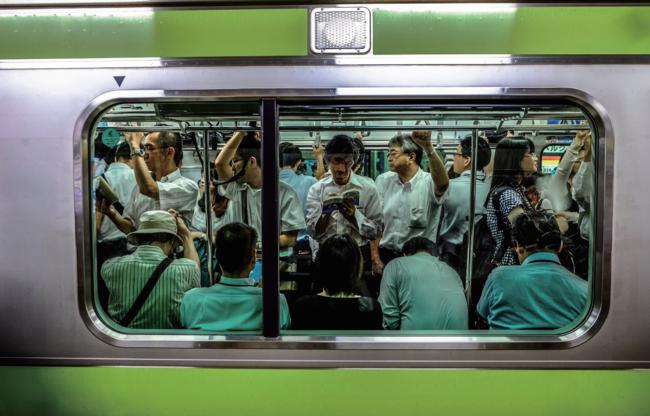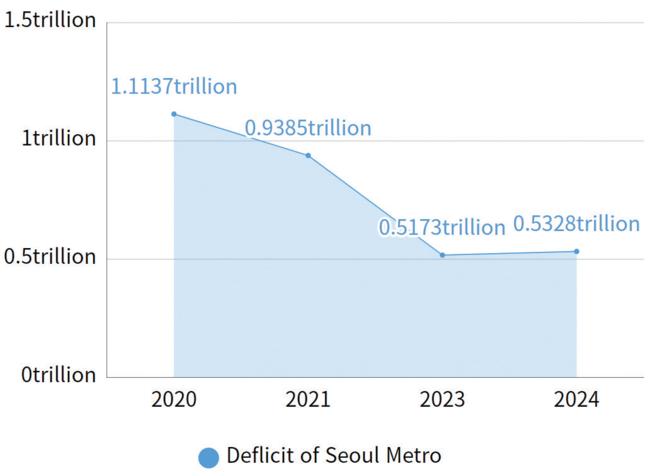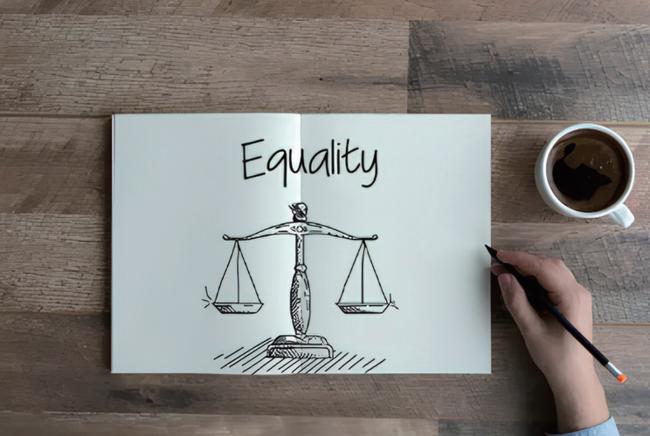For most college students, the day begins morning commute, it’s now common to see young commuters standing, half-asleep with earphones in, while older riders sit comfortably with free ride privileges. These scenes highlight not just generational differences, but deeper structural issues of an aging society. With subway fares rising repeatedly, young people bear growing transportation costs, while those over 65 continue to ride for free— raising questions about intergenerational fairness.

As of June 28, the subway base fare in Seoul, Gyeonggi, and Incheon rose from 1,400 to 1,500 won. This increase has placed a greater financial burden on young people, particularly college students and those in their 20s and 30s living alone. In interviews, college students in their 20s expressed frustration, saying, “The subway is an essential means of transportation but it’s becoming increasingly unaffordable.” While some understand fare hikes due to rising costs, others criticize that the burden of strikes and policy shifts often falls on young commuters. There’s also growing concern that young voices are not sufficiently reflected in transportation policy decisions.
Seoul Metro has stated that the recent fare increase is inevitable because of its ongoing financial deficits. In fact, Seoul Metro’s losses have been increasing every year. While the deficit was 517.3 billion won in 2023, it rose to 723.7 billion won last year, resulting in multibillion-won losses. Accordingly, through the 150 won fare increase, Seoul Metro expects additional revenues of 84.9 billion won this year and more than 160 billion won next year.

However, this is not the first time Seoul Metro has raised fares. Why is the deficit still growing?
Three institutional factors are considered to be the main causes of this chronic deficit:
1) Increase in free-rides
2) Losses due to the Climate Card
3) Implementation of the 15-minute re-entry system
A free-ride system exempts certain groups, such as seniors, from paying for public transportation. In Korea, citizens aged 65 and older can use the metropolitan subway free of charge. This policy was originally introduced to ensure mobility rights for the elderly and promote their participation in society.
However, as subway deficits grow, this system has come under criticism. According to Seoul Metro, free-rides accounted for 82% of total losses in 2025. In the first quarter alone, 66.48 million free-rides were taken, marking a yearly increase of 460,000. In addition, policies like the Climate Card and the 15-Minute Re-entry System have also contributed to the deficit, but they remain the largest source of financial loss.
This has sparked concerns about fairness. Young people, who now pay higher fares amid rising living costs, feel the burden most directly. As a result, intergenerational equity has become a growing issue, with many young people expressing frustration and a sense of relative deprivation.

Still, it’s important to recognize that many elderly beneficiaries are economically vulnerable. With limited pension income, many struggle to make ends meet.
The free subway ride system serves not only as both a transportation policy but also as a form of welfare. Any reform should be approached carefully, avoiding indiscriminate cuts that could harm those in need.
Various countermeasures are currently being discussed to resolve this issue.
One proposal is to raise the age limit for free rides. Currently, those aged 65 and over can ride for free, but increasing the limit to 70 could reduce losses by over 152.4 billion won. This estimate is based on internal analysis from Seoul Metro, which shows that 57.2% of free riders are between the ages of 65 and 69.
Other suggestions include providing a prepaid transit card worth 120,000 won annually to seniors aged 65 and above to reduce the burden on local governments, limiting free rides to off-peak hours (for example, 9:00 am to 5:00 pm), and applying different policies based on income levels.
Subways, as public transportation, are used by people of all ages. It is unfortunate that a symbol of fast and comfortable urban mobility has now become a representation of generation gap. Given the stakes involved, an immediate solution may be difficult. Nonetheless, we look forward to a future where subways can once again serve as a comfortable and accessible mode of transportation for everyone.
Media Management Editor•Kim Tae Woo•jerryfighter27@gmail.com
84 Cub Reporter•Lim Hyo Jin•hjnm041219@naver.com
- TAG









